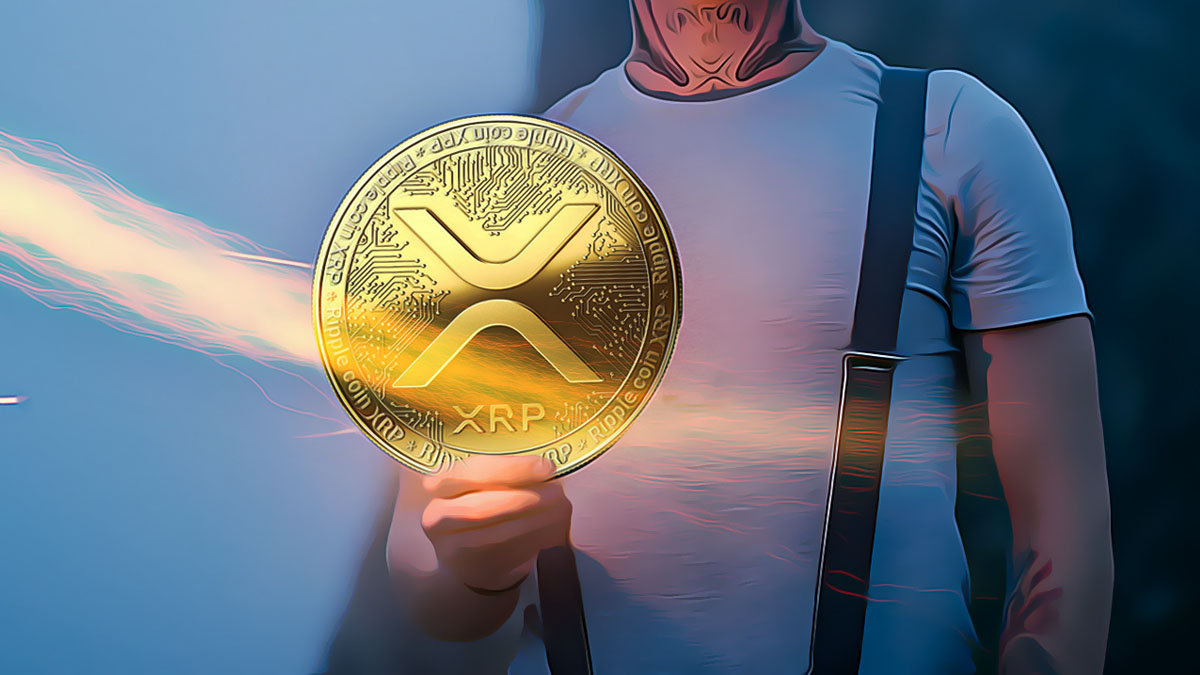Ripple has engineered the XRP Ledger (XRPL) to advance cross-border payments and manage Central Bank Digital Currencies (CBDCs). This distributed payment network, conceived by Jed McCaleb, Arthur Britto, David Schwartz, and Chris Larsen, moved from concept in 2011 to the creation of XRPL in 2012, culminating in the establishment of Ripple Labs. Despite regulatory hurdles, Ripple has continued to innovate, offering specialized payment solutions for financial institutions through XRPL. This article delves into understanding Ripple (XRP) and the steps to buy it with Turkish Lira (TRY).
What is Ripple (XRP)?
The XRP Ledger (XRPL) is a peer-to-peer payment network designed for seamless cross-border payments and CBDC management. Unlike most blockchains using Proof of Work (PoW) or Proof of Stake (PoS) mechanisms, XRPL leverages the Cobalt Byzantine-Fault Tolerant (BFT) framework and the Ripple Protocol Consensus Algorithm. This journey began in 2011 when Jed McCaleb started developing a new cryptocurrency consensus network, which evolved into Ripple in 2012 with contributions from Ryan Fugger, Arthur Britto, and David Schwartz.
Ripple Labs was formed following the XRPL’s launch, with founders McCaleb, Britto, and Chris Larsen. The company was initially gifted 80 billion XRP but faced challenges, including Jed McCaleb’s departure in 2013 to start Stellar. Ripple then geared its focus on enabling financial institutions to leverage XRPL for remittance services.
How Did Regulatory Actions Impact Ripple?
In 2015, Ripple encountered legal issues, resulting in a fine from FinCEN for violating the Bank Secrecy Act. This led to enhanced anti-money laundering protocols and obtaining a BitLicense from New York in 2016. In 2017, Ripple locked 55 billion XRP in escrow, releasing 1 billion monthly for operational use. The 2020 SEC lawsuit alleging Ripple’s XRP sales violated securities laws caused significant market disruptions, including exchange suspensions and MoneyGram ending its partnership. However, a 2023 U.S. court ruling declared XRP not inherently a security, clarifying its regulatory status.
Key Insights for Users
- XRPL’s use of the Cobalt BFT framework ensures efficient, secure transactions.
- Ripple’s anti-money laundering improvements have strengthened compliance and market trust.
- The XRP escrow mechanism controls supply, promoting market stability.
- Ripple’s On-Demand Liquidity service facilitates instant, pre-funding-free international payments.
Conclusion
Ripple’s continuous innovation with XRPL has involved developing solutions like the On-Demand Liquidity service for financial institutions, alongside regulatory navigation. This progress includes the acceptance of a specialized XRPL for CBDCs by Bhutan’s Royal Monetary Authority and other governments. Future developments include an EVM-compatible XRPL sidechain and the Ripple Liquidity Hub. With the introduction of the Ripple Payments settlement platform and XRPL client version v2.0.0, Ripple aims to maintain its pioneering role in the digital payments landscape.












